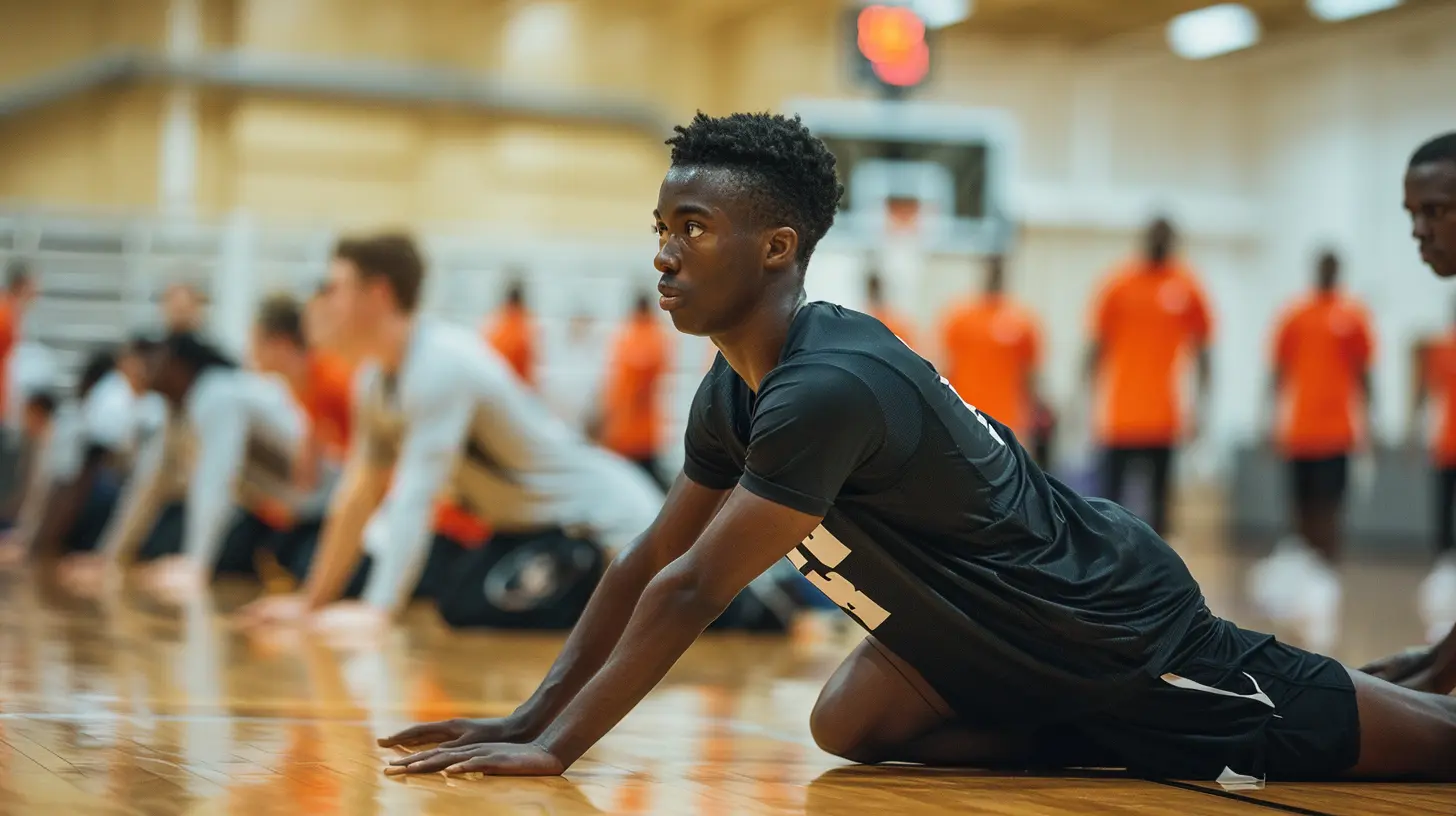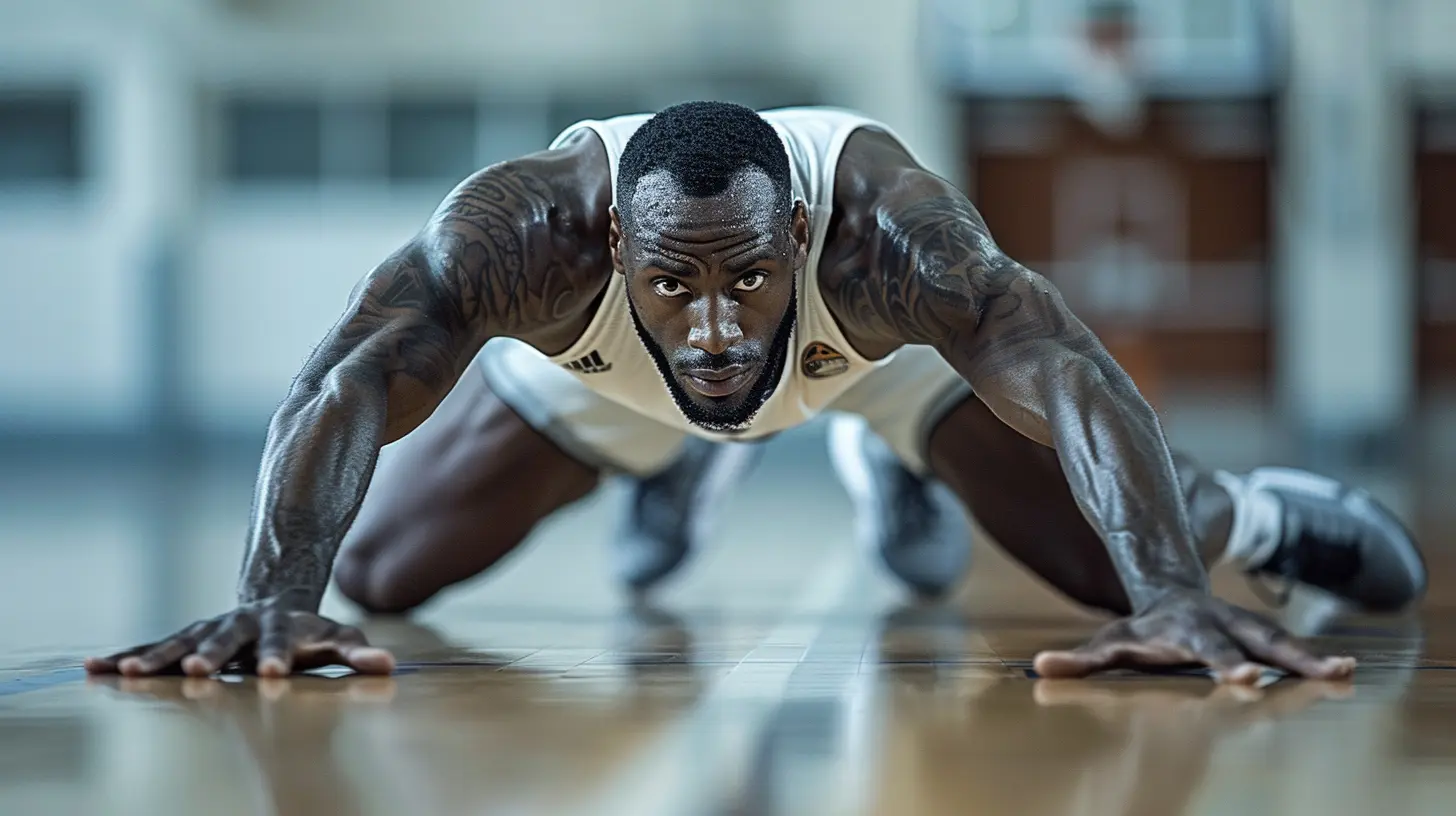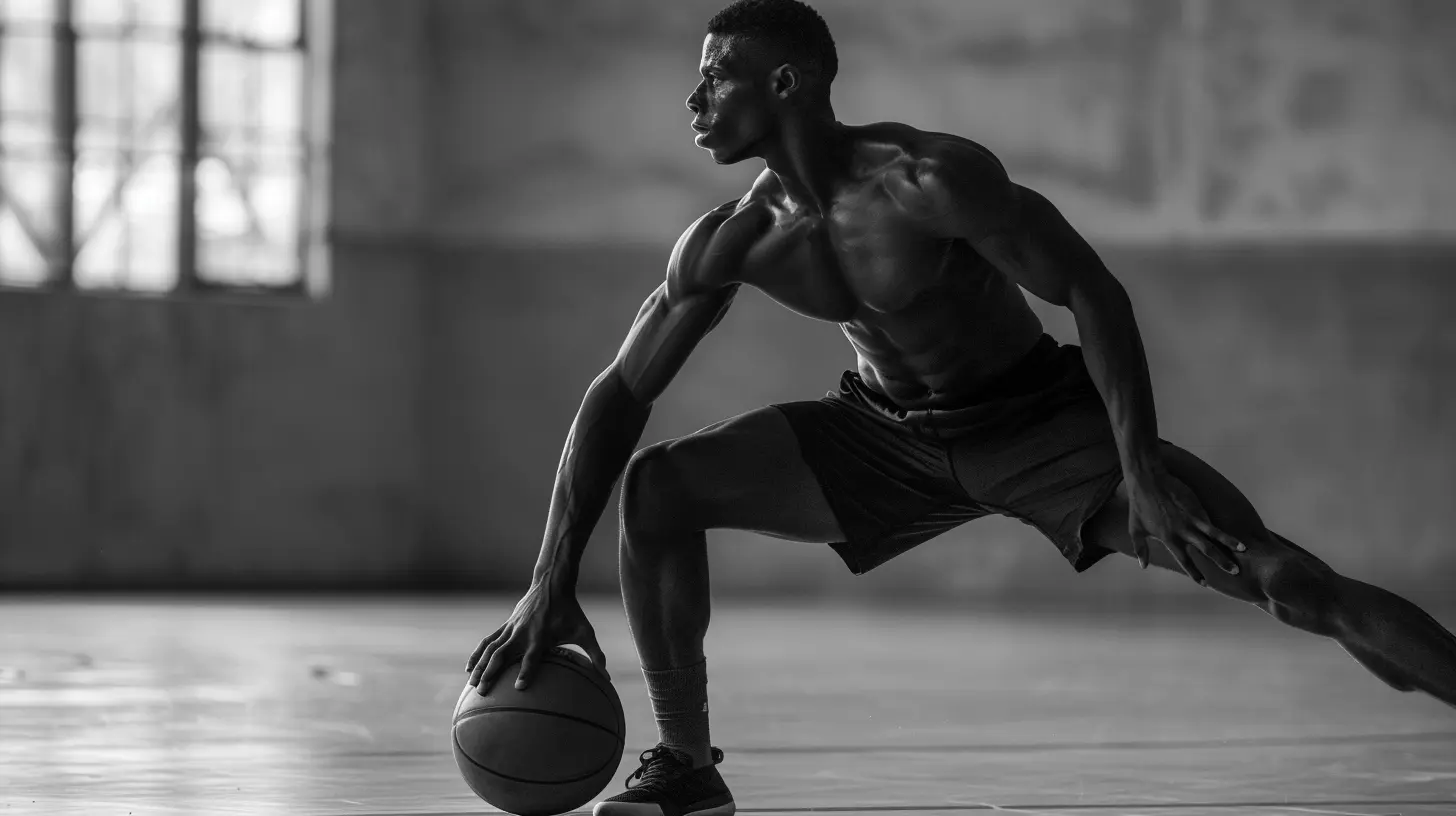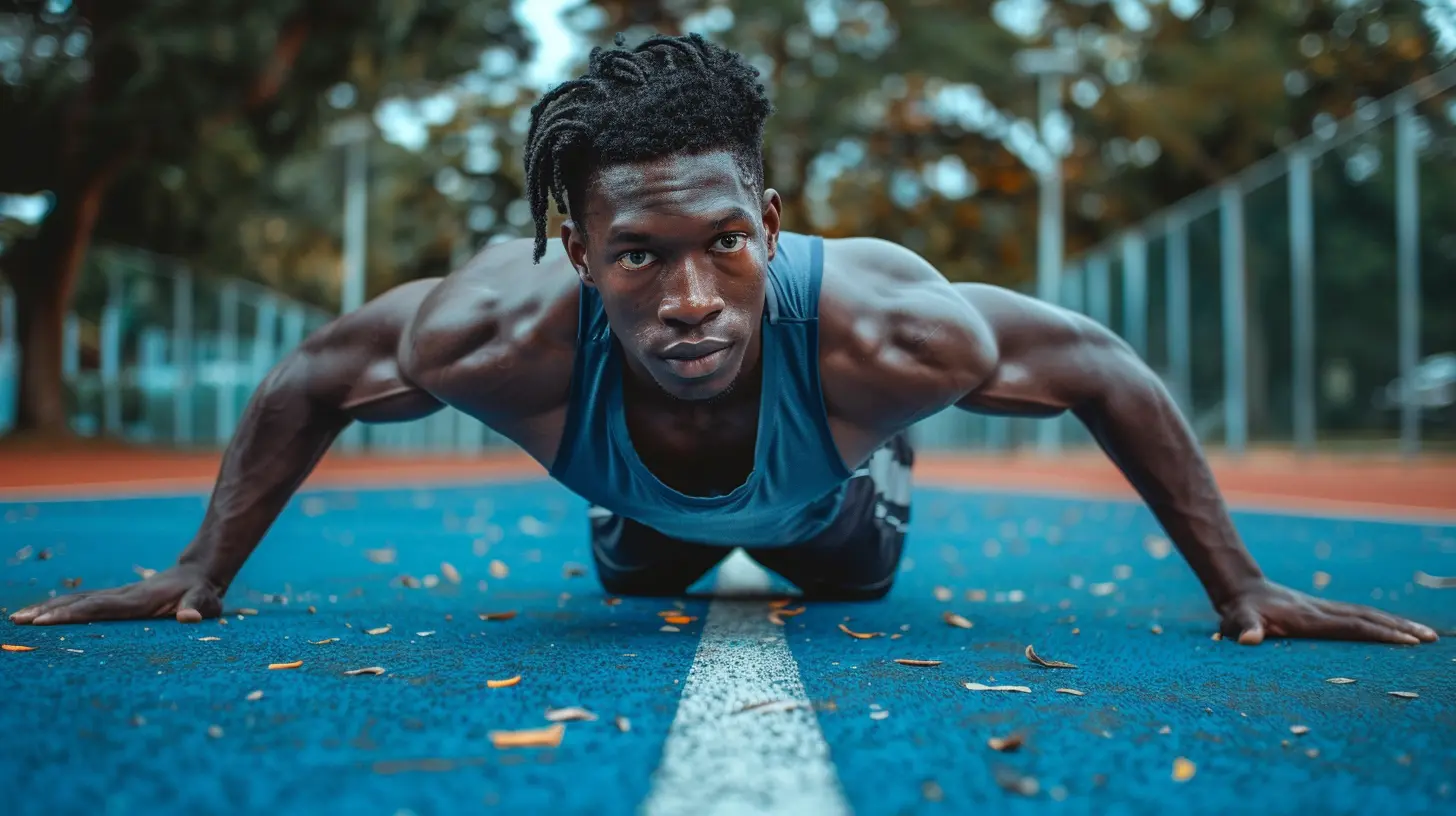Stretching Techniques for Basketball Players
2 October 2025
Basketball is a game of finesse and power, where explosive sprints meet gravity-defying leaps. It’s a sport that demands strength, speed, agility, and endurance—yet it all starts with flexibility. If your muscles are wound up like a tightly coiled spring, you won’t move fluidly, and worse, you might end up sidelined with an injury.
That’s where stretching comes into play. Whether you're warming up before the game or cooling down after a tough session, the right stretches will keep your body primed for peak performance. But not all stretches are created equal. So, lace up your sneakers, roll out those muscles, and let’s dive into the best stretching techniques for basketball players.

Why Stretching Is Non-Negotiable for Basketball Players
Imagine trying to slam dunk with stiff legs or making a quick crossover while feeling as rigid as a tree trunk. Not happening, right? Basketball movements are dynamic—you’re jumping, sprinting, pivoting, and twisting in every direction. Without flexibility, these movements become restricted, increasing the risk of muscle strains, tears, and joint issues.Stretching:
- Improves range of motion – More mobility means smoother movements on the court.
- Reduces injury risk – Flexible muscles are less prone to tears and strains.
- Enhances recovery – Eases post-game soreness and keeps muscles fresh.
- Boosts performance – A fluid body moves quicker, jumps higher, and maneuvers better.
Let’s break down the best stretching techniques to keep you loose, limber, and game-ready. 
Dynamic Stretching: Pre-Game Warmup Essentials
Static stretching before a game? Nope, that’s a rookie mistake. You need dynamic stretching—controlled, active movements that prepare your muscles for action.1. Leg Swings
- Stand next to a wall for support.- Swing one leg forward and backward in a controlled manner, then switch sides.
- Perform 10-15 swings per leg.
This warms up your hamstrings, quads, and hip flexors, getting you ready for those explosive drives to the hoop.
2. Arm Circles
- Extend your arms out and make small circles, gradually increasing in size.- Reverse the direction after 15 seconds.
Perfect for loosening up shoulders and rotator cuffs—essential for shooting, passing, and rebounding.
3. Walking Lunges with a Twist
- Step forward into a deep lunge.- Rotate your torso toward the leading leg.
- Push off and repeat on the other side.
This fires up your hips, glutes, and core, mimicking basketball movements like pivoting and cutting.
4. High Knees
- Jog in place while bringing your knees up to hip height.- Keep your core tight and move quickly.
This builds muscle activation in your legs while getting your blood pumping. 
Static Stretching: Post-Game Cool Down
After an intense game, your muscles are fatigued and tight. Now is the perfect time for static stretching, where you hold a stretch for 15-30 seconds to lengthen and relax your muscles.5. Hamstring Stretch
- Sit on the ground with one leg extended and the other foot tucked in.- Reach forward toward your toes, keeping your back straight.
Prevents hamstring strains and maintains flexibility for sharp movements.
6. Quad Stretch
- Stand tall and grab your ankle behind you.- Pull it towards your glutes while keeping your knees together.
Essential for restoring flexibility after sprinting up and down the court.
7. Calf Stretch
- Place your hands against a wall and extend one leg back.- Keep your heel on the ground and push your hips forward.
Helps avoid tight calves, which can lead to shin splints and reduced mobility.
8. Hip Flexor Stretch
- Get into a lunge position with your back leg extended.- Push your hips forward and hold.
Keeps hip mobility in check, which is crucial for lateral movements and explosive jumping. 
Mobility Work: The Secret Weapon for Longevity
Stretching is only part of the equation—mobility exercises ensure your joints move smoothly and efficiently.9. Foam Rolling
- Use a foam roller to massage your quads, hamstrings, and calves.- Roll slowly and pause on tight spots.
Think of it like ironing out the knots in your muscles.
10. Ankle Mobility Drills
- Sit on your knees and gently rock forward, stretching your ankles.- This helps improve stability for quick cuts and landings.
11. Hip Circles
- Stand on one leg and rotate your free leg in circles.- Engages hip stabilizers, which are crucial for balance and coordination.
How Often Should Basketball Players Stretch?
Consistency is key. A solid stretching routine should be:- Before workouts/games – 5-10 minutes of dynamic stretching.
- After workouts/games – 5-10 minutes of static stretching.
- On rest days – Light stretching and mobility work to aid recovery.
Avoid These Common Stretching Mistakes
Even the best athletes mess up their stretching routine. Here’s what not to do:❌ Holding static stretches before playing – This actually weakens muscles temporarily.
❌ Bouncing during stretches – Can cause microtears, leading to injuries.
❌ Ignoring one side – Always balance both legs and arms.
❌ Skipping stretches altogether – Don’t wait until an injury sidelines you!
Final Thoughts: Stretch to Stay in the Game
Basketball is a brutal test of endurance, but the secret to lasting longer on the court isn’t just about skill—it’s about taking care of your body. Stretching isn’t just a warmup or cooldown; it’s an investment in your longevity as a player.So, next time you hit the hardwood, don’t rush straight into drills. Give your muscles the love they deserve, keep them flexible, and watch how much smoother—and safer—you move. Because in a game where milliseconds count and injuries lurk, flexibility might just be your most underrated weapon.
all images in this post were generated using AI tools
Category:
StretchingAuthor:

Nelson Bryant
Discussion
rate this article
1 comments
Dominic Acevedo
Great insights on stretching techniques! Incorporating these practices can significantly enhance performance and prevent injuries for basketball players.
October 9, 2025 at 11:02 AM


